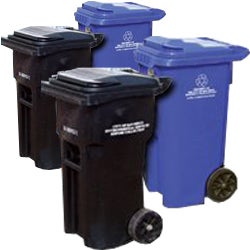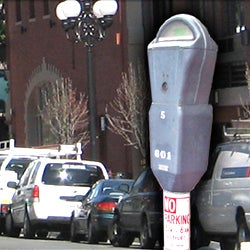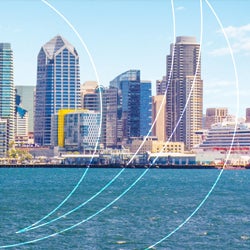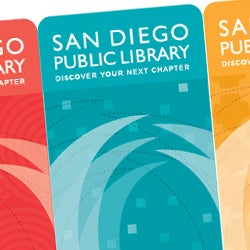Special Benefits Funded by Maintenance Assessment Districts
A Maintenance Assessment District (MAD) typically maintains improvements but may also pay for design, construction, and installation of an improvement. Any MAD-funded maintenance or construction improvement must provide a special benefit to property owners and must be consistent with the assessment apportionment methodology presented in the Assessment Engineer's Report.
MADs provide higher levels of maintenance services on property owned by the City (including public rights-of-way, City-owned open space, and City-owned parkland) or on property with access rights granted to the City (including landscape easements, open space easements, or public access easements in favor of the City). Depending upon the benefit apportionment methodology identified in the Assessment Engineer's Report, some of the typical improvements maintained by a MAD may include:
- Landscape Maintenance (medians, rights of way/parkway landscaping strips, slopes, green belts, mini-parks and undeveloped areas)
- Irrigation
- Fertilization
- Weeding
- Pruning
- Pest control
- Dead tree removal
- Replacement and planting of trees
- Plant replacement
- Turf mowing and edging
- Tree pruning and trimming
- Litter Removal
- Hardscape Maintenance
- Sweeping and weeding of hardscape, such as curbs and gutters, medians, plazas, sidewalks and other paved areas
- Pressure washing and steam cleaning
- Removal of graffiti on public rights of way or City property
- Maintenance of street benches
- Litter Removal
- Open Space Maintenance
- Safety tree trimming and removal
- Litter removal
- Encroachment reporting
- Exotic plant removal
- Brow ditch cleaning and repair
- Street Sweeping services for center medians or parkway curb and gutters (in addition to City standards)
- Street light maintenance for light fixtures (cobra street light, decorative acorn street light, solar-powered street lights, tree twinkle lights, or tree/sign up-lights) that exceed the City standards prescribed in the City's Street Design Manual, page 94. Maintenance activities may include:
- Energy Costs
- Light Bulb and Damaged Pole/Fixture Replacement
- Graffiti Removal
- Community Identification and Monument Sign Maintenance
- Banner Installation/Removal
- Seasonal decoration installation/removal
- Areas adjacent to state highways (including freeway onramps and off-ramps) may be maintained if approved by the California Department of Transportation (Caltrans)
Certain maintenance services that are not typically provided by MADs include:
- Brush management (which is performed on a citywide basis for City-owned open space lands by the Brush Management Unit
- Park ranger services
- Code compliance activities
- Maintenance of slopes which cannot be seen from roadways and provide no aesthetic benefit to properties in the MAD
- Maintenance of retaining walls
- Maintenance of private property (without an easement)
- Graffiti removal on private property without property owner's written permission
A MAD may provide funding for capital projects (including design, construction, and installation) if the project is within an identified improvement area and provides a special benefit. Most of the assets maintained by existing districts were installed by City capital projects or by developers. City capital projects are often funded by a variety of sources, including Community Development Block Grants (CDBG), Facilities Benefit Assessment (FBA), Redevelopment, and/or Capital Outlay. Capital projects funded by MAD are listed in the City's annual Capital Improvements Program budget.























